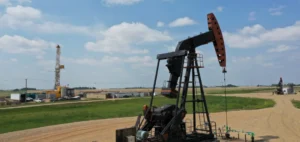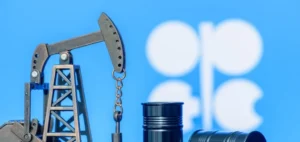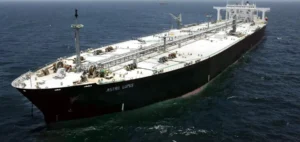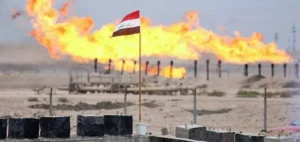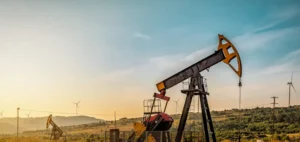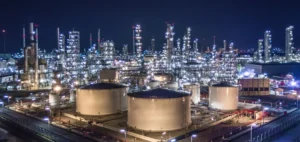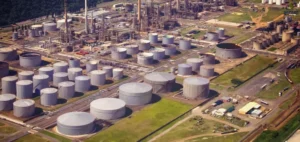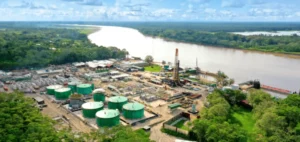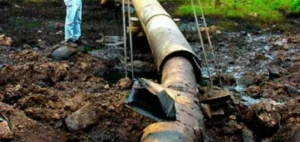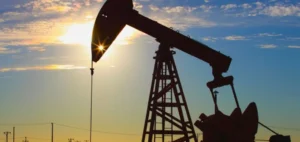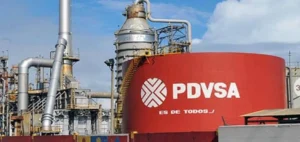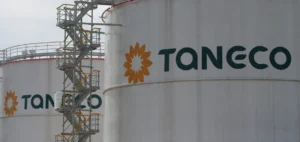During his inaugural speech, Donald Trump declared a state of “energy emergency,” committing to a massive increase in hydrocarbon production in the United States. His goal: to lower energy costs, strengthen exports, and boost household purchasing power. The slogan of his campaign, “Drill, baby, drill,” encapsulates this strategy.
This announcement, while symbolically strong, has had only a moderate impact on oil markets. Even before the speech, oil prices had already started to decline due to high production levels and operator sales. On Tuesday at 10:50 GMT, Brent crude for March delivery fell by 1.36% to $79.06 per barrel, while West Texas Intermediate (WTI), the U.S. benchmark, dropped 2.22% to $76.15 for its February contracts, the last day of their trading.
Strategic reserves at the heart of the strategy
Currently, the United States holds around 394 million barrels in its strategic reserves, well below its total capacity of 700 million barrels. Donald Trump aims to purchase 300 million barrels to close this gap. However, according to DNB analysts, this measure could prove challenging in a context where U.S. production has already reached record levels, nearing 13 million barrels per day in 2024.
To further boost production, the Trump administration might lift environmental restrictions on federal lands and waters. Such an approach would likely extend the lifespan of the U.S. oil industry but would not guarantee an immediate increase in production volumes.
Uncertain market dynamics
The effectiveness of this strategy remains contingent on a critical factor: oil prices. U.S. producers need higher prices to justify additional investments. Ironically, such an increase would conflict with the goal of lowering energy costs for consumers.
Adding to this is an anticipated slowdown in global demand. According to the China National Petroleum Corporation (CNPC), Chinese oil consumption will peak in 2025 before declining. China, the world’s largest importer, may no longer play the role of a global demand driver, further heightening uncertainties for producers.
In this context, Donald Trump’s ambitions raise questions about their short-term feasibility. While aiming to enhance U.S. energy independence, economic and environmental constraints could hinder their execution.




